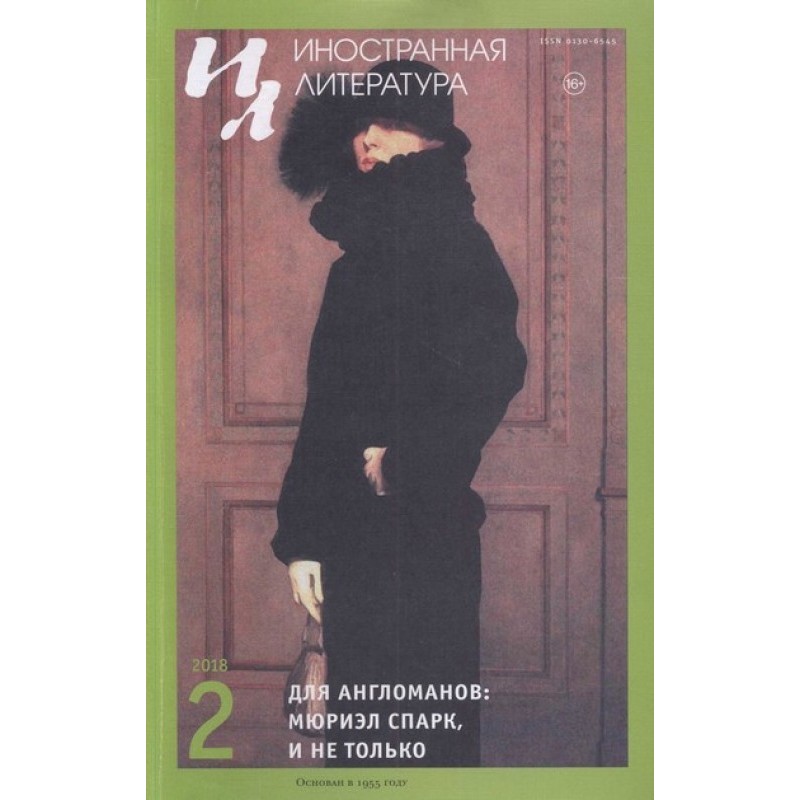Parade's End
 Instant download
Instant download
after payment (24/7)
 Wide range of formats
Wide range of formats
(for all gadgets)
 Full book
Full book
(including for Apple and Android)
Parade's End is a tetralogy (four related novels) by Ford Madox Ford published between 1924 and 1928. It is set mainly in England and on the Western Front in World War I, where Ford served as an officer in the Welch Regiment, a life vividly depicted in the novels.In 1998, the Modern Library ranked Parade's End 57th on its list of the 100 best English-language novels of the 20th century. In December 2010, John N. Gray hailed it as "possibly the greatest 20th-century novel in English".[1] In 2011 HBO, BBC and VRT announced a television adaptation written by Tom Stoppard and starring Benedict Cumberbatch and Rebecca Hall.[2]History
The four novels were originally published under the titles: Some Do Not . . . (1924), No More Parades (1925), A Man Could Stand Up -- (1926), and Last Post (or The Last Post in the U.S.A.) (1928). They were combined into one volume as Parade's End, which has been ranked at number 57 on the Modern Library's 100 Best Novels list.[3] It has been adapted for television by Sir Tom Stoppard for the BBC, and is due to be broadcast in 2012.[4][edit]Plot
The novels chronicle the life of Christopher Tietjens, "the last Tory," a brilliant government statistician from a wealthy landowning family who is serving in the British Army during World War I. Tietjens may or may not be the father of the child of his wife, Sylvia, a flippant socialite who seems intent on ruining him. Meanwhile, Tietjens' incipient affair with Valentine Wannop, a high-spirited suffragette, has not been consummated, despite what all their friends believe. The two central novels follow Tietjens in the army in France and Belgium, as well as Sylvia and Valentine in their separate paths over the course of the war.
Data sheet
- Name of the Author
- Форд Форд Мэдокс
- Language
- English

















